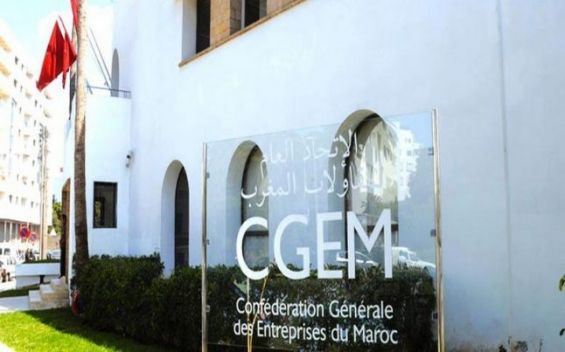In order to maintain a safe transition towards managed flexibility, the Moroccan central bank is still expected to announce the final fluctuation band levels. During an interview conducted by the national TV channel Al Aoula, Head of government Saadeddine El Othmani, when asked about the new exchange rate policy, announced that a «mere» 5% would be suggested as a band to manage the dirham’s float.
Reacting to this, the CGEM (the General Confederation of Moroccan Enterprises), a syndicate for Moroccan companies in the private sector founded in 1947 and presided by Meryem Bensaleh-Cheqroun, and the GPBM (the Professional Association of Moroccan Banks), both declared that the percentage was higher than they had expected.
According to an article published by LaVieEco, the two entities which are concerned about the flexibility phase denounced the suggested fluctuation band. «The CGEM foreign exchange commission chaired by Abdelkader Boukhriss is unhappy about the fluctuation band percentage», the same source points out. According to the CGEM, 5% is very risky when it comes to an economy that is confronted for the first time to such a reform, namely a managed floating. The organization insists that business operators should in the first place be trained to adapt to floating and learn how it works.
Joined by the GPBM, they both insist that the band should be negotiated, allowing both operators and businesses to grasp the full extent and implications behind a floating of the currency. Indeed, the commission has been organizing meetings to raise awareness and help operators fully understand the process and manage the available hedging tools.
What's a fluctuation band
For those who are not familiar with the term, a fluctuation band is a decisive and crucial step when it comes to managed floating as it is a tool that would create a sort of balance for the currency and send a signal to the central bank to trigger its intervention. According to Investopedia, a fluctuation band is «a currency system that establishes a trading range that a currency’s exchange rate can float between». For Morocco, the number here may be around 5% which will «represent the price floor and ceiling within which the price of a given currency can trade and is like a hybrid of a fixed exchange rate».
To put it in other words, if a business operator has 10 billion dirhams and we assume for the sake of simplicity that such sum is worth 1 billion dollars. So if the dirham's value loses 5% in one trading day then the 10 billion dirhams would be worth only 950 million dollars instead of 1 billion dollars the day before!
Morocco’s plan to start liberalizing its currency through a reform package strongly suggested by the International Monetary Fund is about to be launched. Reacting to the strategic step, economic operators anticipating a devaluation, started converting their assets into Euros and Dollars. Responding to that, Abdellatif Jouahri, the Central bank governor declared that «the reform program does not include devaluation».
The new exchange rate reform highly depends on the fluctuation band though, and having a very high one can trigger devaluation. The opposite was announced in June by Abdellatif Jouahri, the governor of Bank Al-Maghrib who stated during the organization’s board meeting that «the date of the first phase of the plan to liberalize the Dirham currency will start by the end of June but the reform program does not include devaluation».




 chargement...
chargement...












